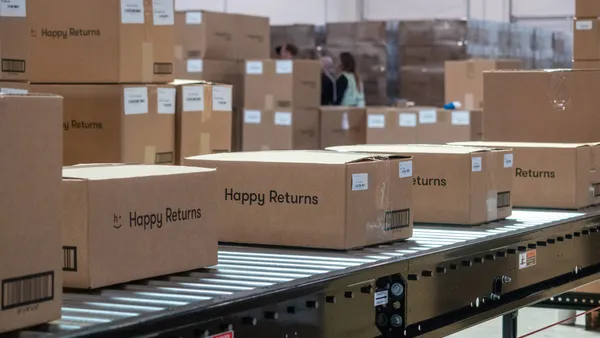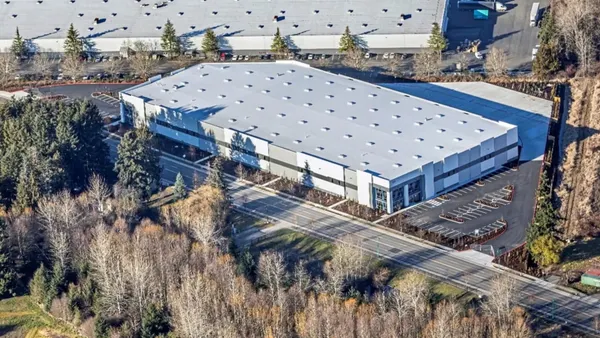Dive Brief:
- A supply chain manager doubles his or her value when they understand both their company's financials and all the levers that affect it, Sandra Jessop, vice president of operations at RV Products told a room of APICS 2017 attendees Tuesday.
- At the end of each day, industry professionals must be able to answer two questions: Are we making any money; and what do we have tied up in cash that we cannot use to invest somewhere else?
- These two questions relate to two key financial indicators — EBITDA and net working capital — that CEOs and shareholders alike examine to determine a company's success. In her presentation, Jessop alluded to six levers supply chain managers can pull to improve these.
Dive Insight:
Supply Chain is no longer just a cost-cutting department. More and more, companies are looking to the profession to help drive value, whether it be through improved product flow, sustainable sourcing or better data analytics. Yet, many professionals continue to operate in silos, focusing on their portfolio rather than thinking about how improvements in their function can benefit the entire company.
"How can you make a difference if you don't understand the business?" Jessop asked. "It's easy to focus only on your functional area and not even see the bigger picture."
The truth is, Supply Chain has an incredible potential to help companies improve their bottom line. By thinking within an income statement framework, Jessop said she was able to unlock enough cash to enable the company to grow by $150 million in acquisitions.
Each of the above "levers" appears in many companies' income statements. In just one example, Jessop suggested buyers to consider both their customers' and suppliers' terms of payment. "If you don't have matching or better terms, you're a bank for your supplier," she said.
She added that she met one person who was able to drop the net working capital of their company from 10% to 2% by negotiating terms with both sides, which meant that the company was getting paid by the customer before they had to pay the supplier. "How excited would your owners or shareholders be if you told them that?"
Often, she noted, supply chain managers worry raising the topic will cause a rift with suppliers. Yet, "you have a responsibility to your company to give the best of the best. You've got to ask," she said. Otherwise, a competitor will leverage their supply chain better. It's not always an inconvenience to business partners, she added.
When it comes to EBITDA, Jessop said "it's all about cost, and most of it has to do with us (in the supply chain)."
Successful professionals will know, not just the trends in transportation rates and raw materials pricing, but also who is responsible for budgeting for value shifts in these. Who owns the product: the buyer, or the supplier? In either case, a conversation must happen.
Similarly, many of the costs that factor into line items like factory variance have to do with supply chains. Purchase price variance in factories, for example, includes inbound freight, production efficiencies and inventory losses and gains. At that point, it's not just Operations' job to keep that number down — it is also Supply Chain's.
Most importantly, there should be no surprises in the monthly income statement. "If you air freighted something in, everybody should know way ahead of time," she said. If there's an issue with a suppliers' product quality, finance needs to know to expect higher warranty costs and returns as a result.
Good supply chain management is "not about being under budget, it's about doing things that drive productivity and efficiency throughout your business," Jessop said.













